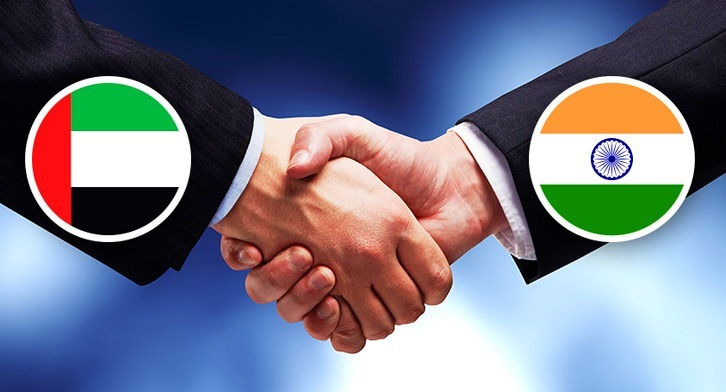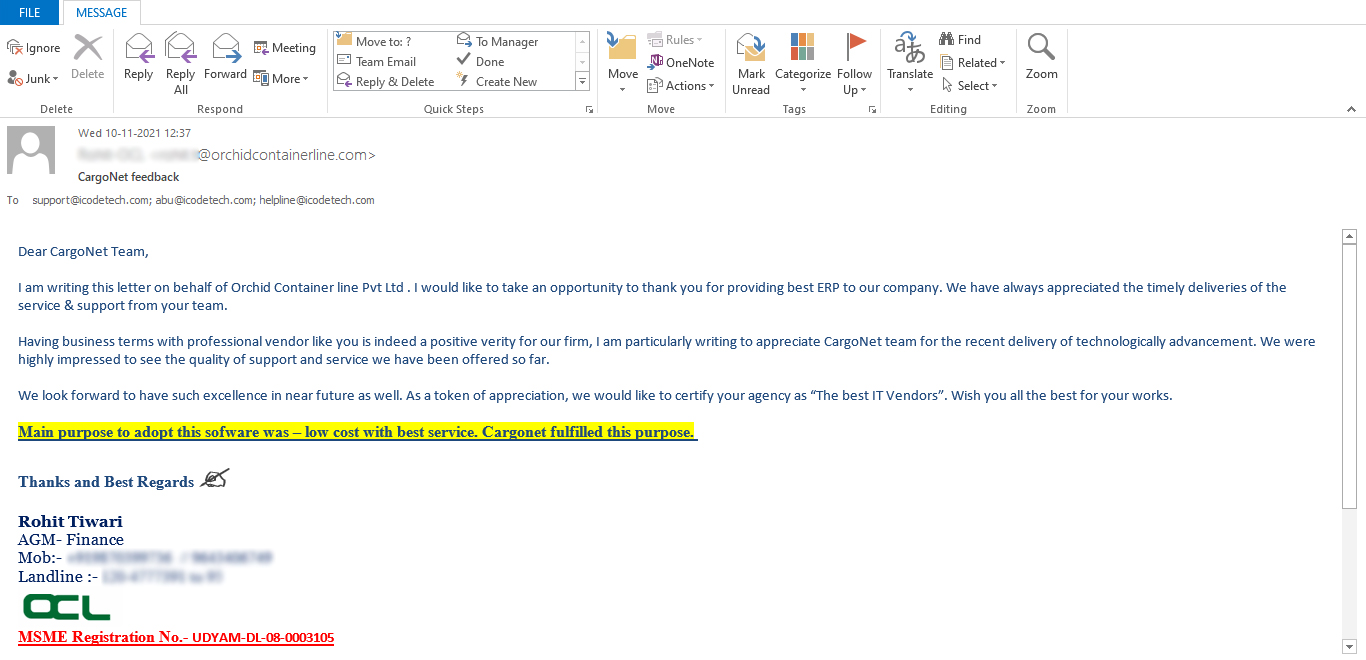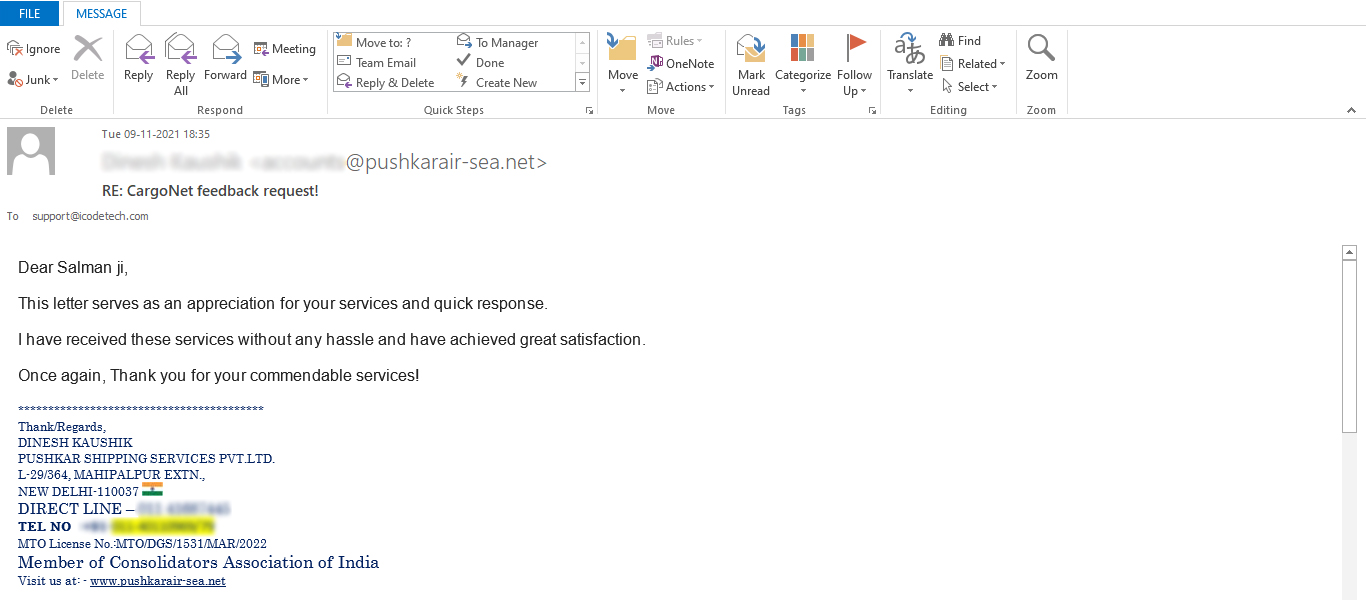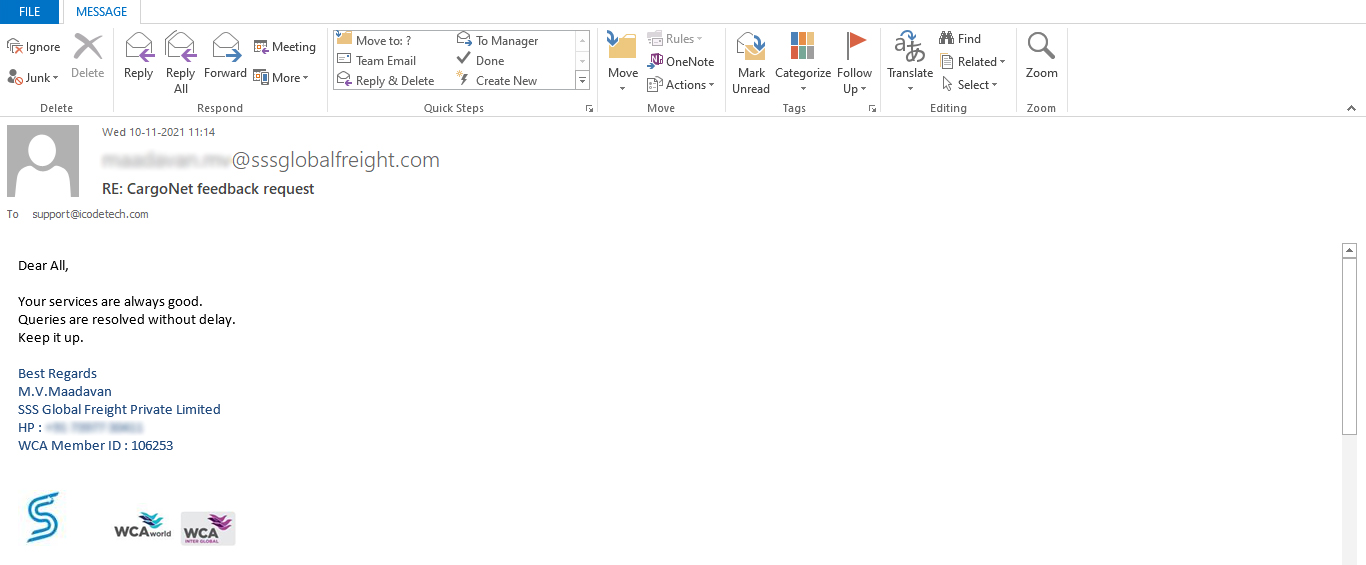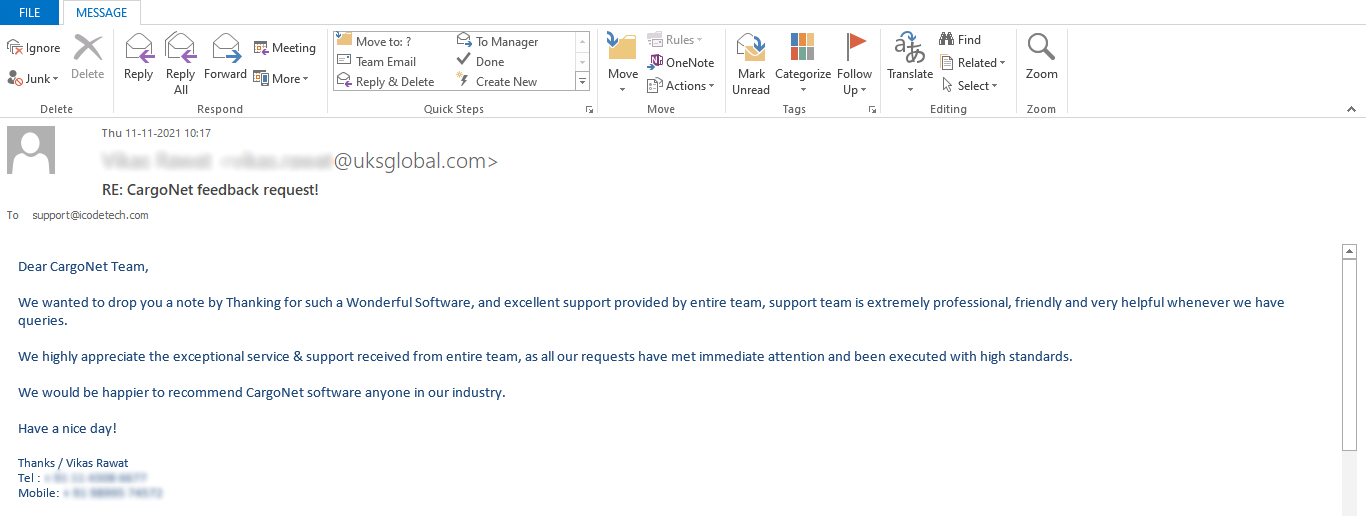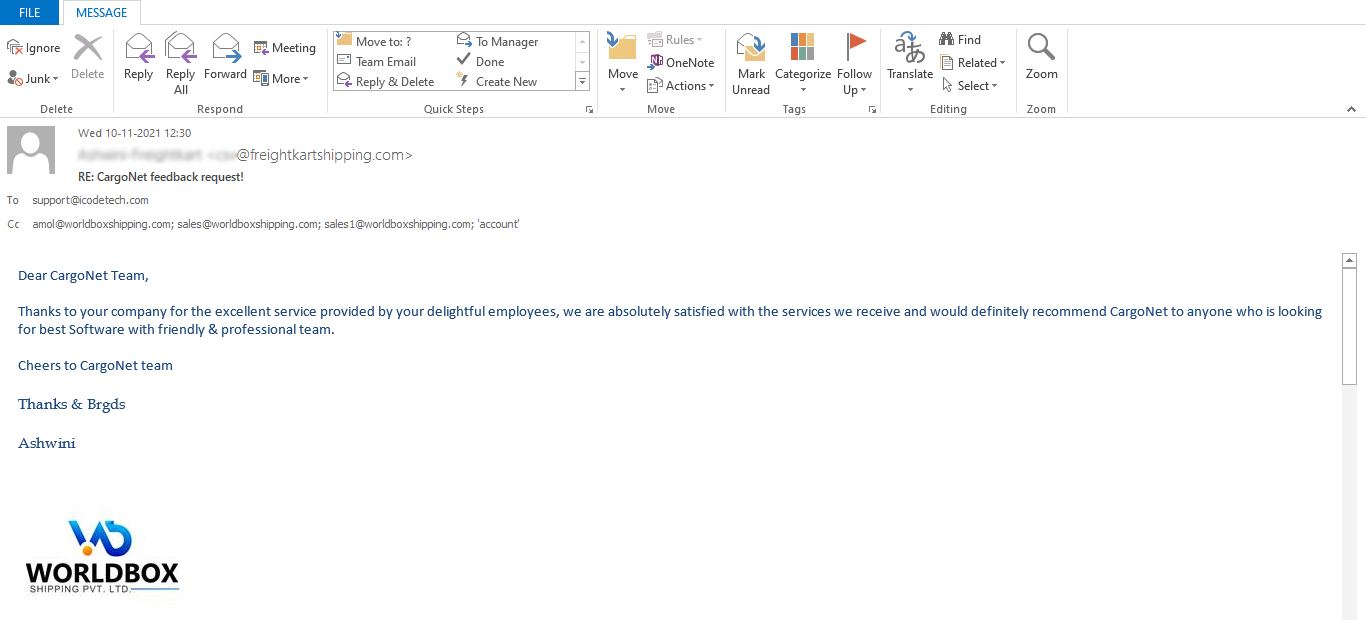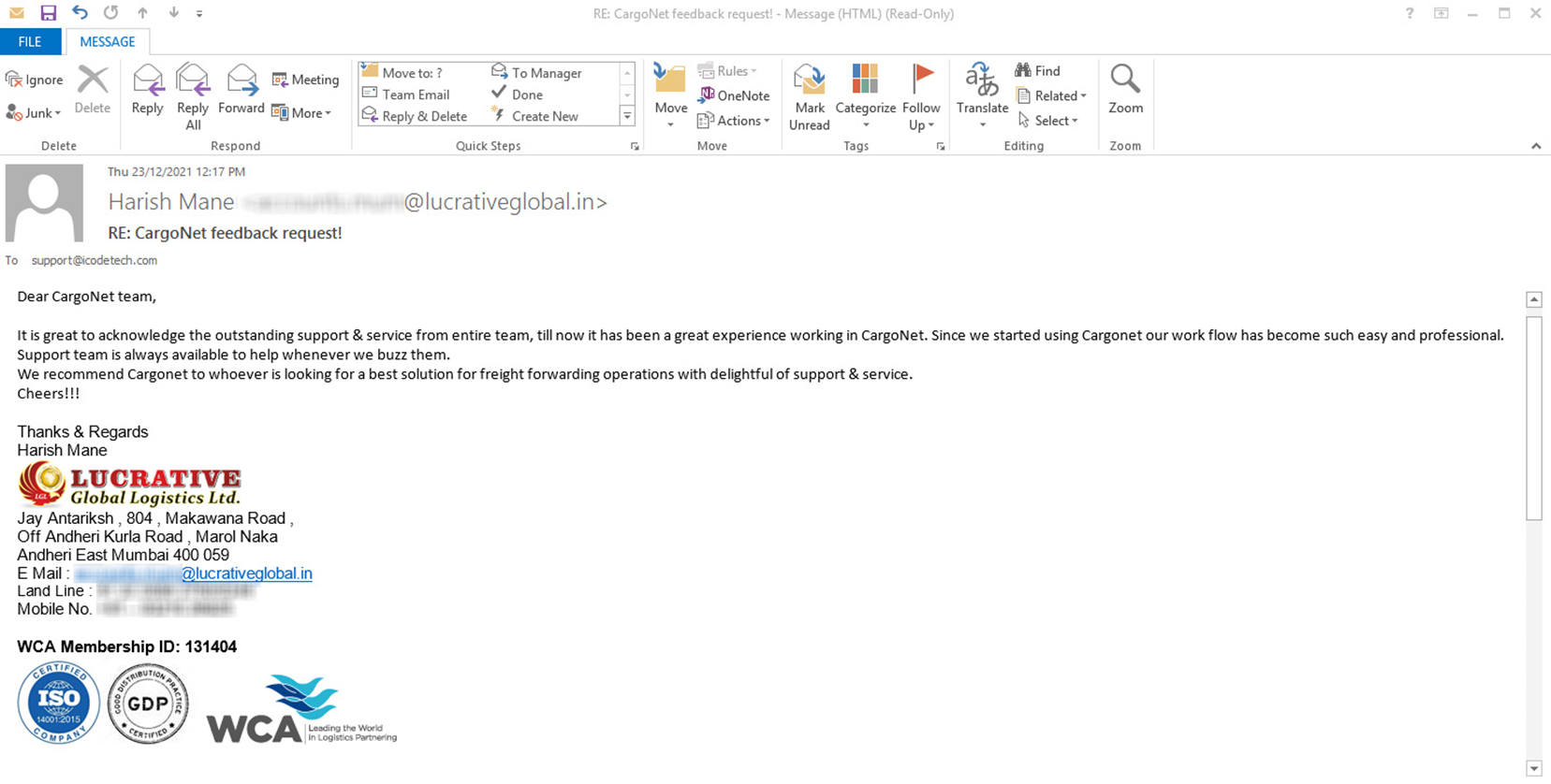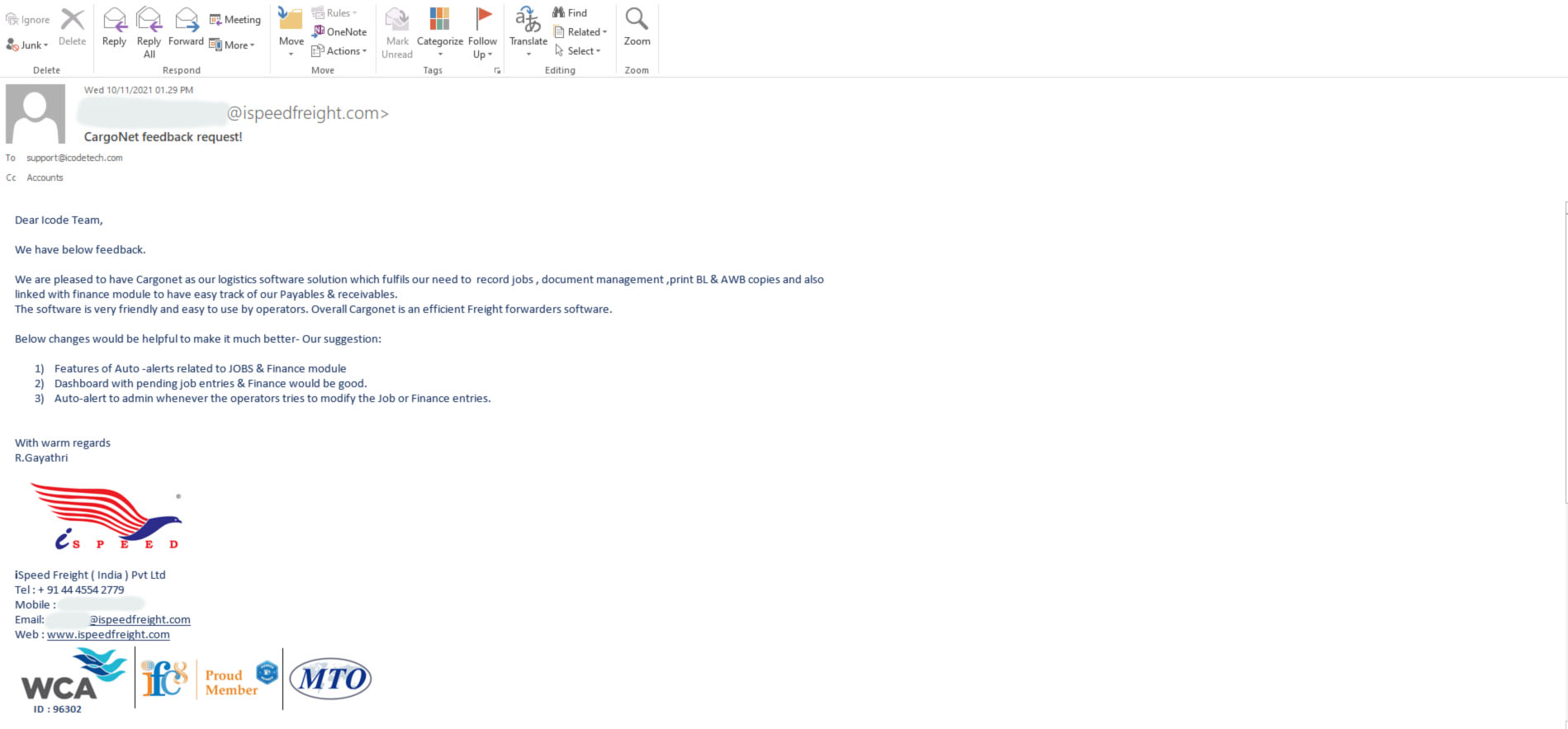The India–UAE Comprehensive Economic Partnership Agreement (CEPA), signed on February 18, 2022 and enforced from May 1, 2022, has emerged as a strategic game-changer in India’s global trade policy.
In just three years, bilateral trade between the two nations has doubled, reaffirming the CEPA as one of India’s most impactful free trade agreements to date — and a blueprint for future economic partnerships in the Middle East and beyond.
Why It Matters for Trade & Logistics:
- Bilateral non-oil trade has surged, putting India on track to hit the USD 100 billion target well ahead of schedule.
- Tariff and non-tariff barriers have been substantially reduced, simplifying customs clearance and expediting cargo movement.
- Easier market access for Indian exporters, especially in sectors like textiles, gems & jewellery, engineering goods, and food products.
- UAE serves as a strategic gateway for Indian businesses to enter Gulf Cooperation Council (GCC), African, and European markets.
- UAE investments are flowing into Indian infrastructure, logistics, fintech, and renewable energy — powering India’s domestic growth engine.
- Job creation opportunities in logistics, warehousing, and shipping are expected to rise on both sides as trade volume increases.
- Enhanced cooperation in services includes cross-border fintech, education, health, and e-commerce.
Strategic Takeaway:
The CEPA is more than a trade agreement — it’s a catalyst for regional integration, global supply chain diversification, and economic diplomacy. For logistics professionals, it opens up new corridors of opportunity and efficiency, particularly in cross-border freight, port partnerships, and trade facilitation tech.


